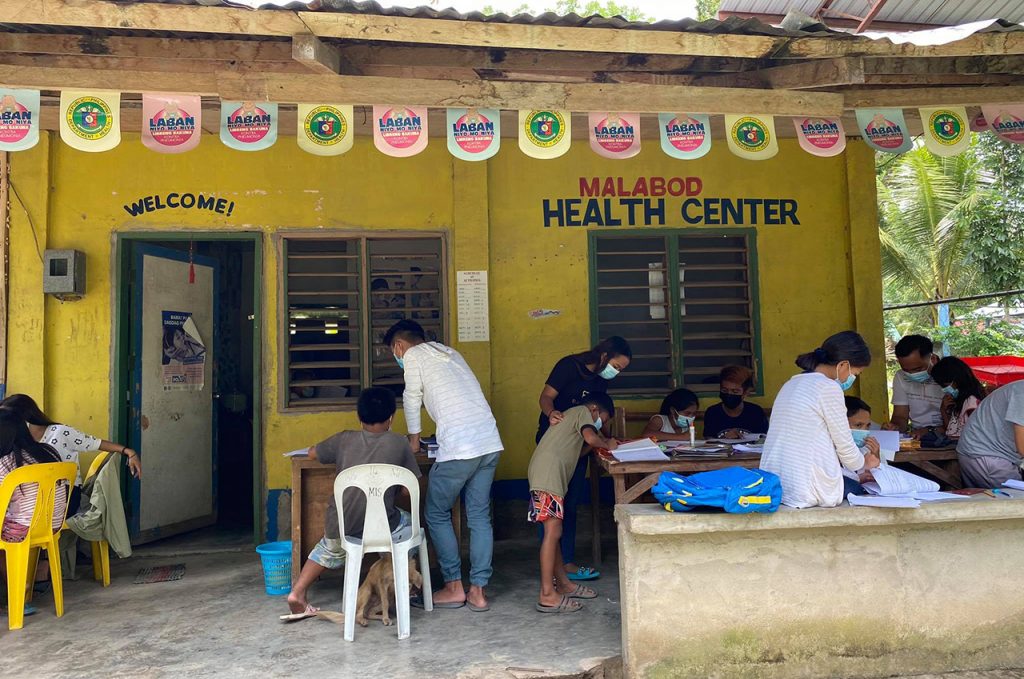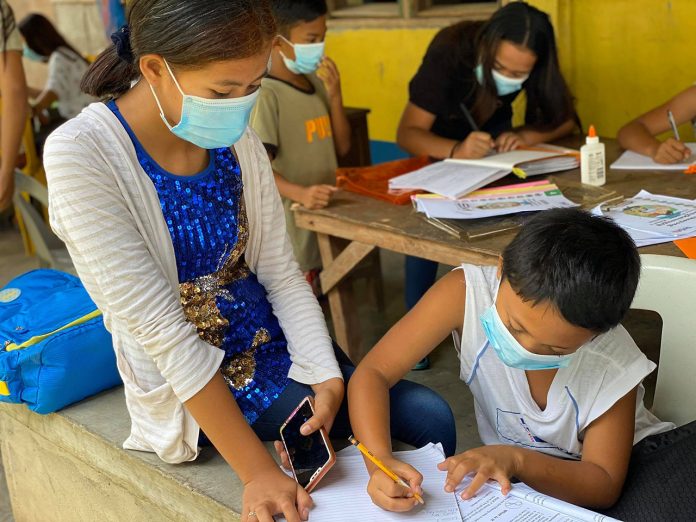Children in the hinterlands of the southern Philippines are facing new challenges as classes resume this month under “the new normal.”
While learners in other parts of the country are facing internet connection problems, those living in the mountains are confronted with a different issue.
The Department of Education in the province of Saragani said almost 40 percent of their pupils are in need of assistance because many of the parents are also struggling learners.
Sarangani has 320 schools, more than half of these are serving indigenous peoples communities.
Donna Panes, curriculum implementation division chief of the Education department, said learners, especially those in tribal communities, are in need of assistance.
These days, teachers are prevented from going to the communities due to quarantine restrictions.
Panes said they have to tap the services of high school students and other volunteers in indigenous communities to assist young learners.
In some areas where high schools are non-existent, Panes said volunteers among village youth and residents who have attended the Alternative Learning Schools are helping.
“We have at least 52,000 pupils in tribes from kindergarten to senior high school, and about 70 to 80 percent of their parents could not read or write,” said Panes.
Read at home
Education officials are calling for more volunteers, especially those 18 years old and above, to assist learners from Kindergarten to the Third Grade level under the “Read at Home Program.”
The program aims to assist learners whose parents or elders could hardly read or write.
“When we were still having face-face classes, higher grade levels were holding reading tutorials to the kindergarten to third grade levels,” said teacher John Jerson Constantino.
“This is the same concept except that we are now doing this at home,” he said, adding that due to quarantine restrictions, volunteer tutors must be from within the community.
Constantino clarified that the program is not just for tribal learners.
“It’s for all who are in need. It so happened that most of our schools in the province are serving the indigenous peoples,” he said.
In the town of Malungon, the local government has mobilized at least 600 of its college scholars to participate in the “Read at Home Program.”
In its guidelines, each scholar is allowed to assist up too three learners who must be within a 50-meter radius from the tutor’s residence.

Broadcast radio modality
In far-flung tribal communities, Panes said a “broadcast radio modality” in education is the most efficient, particularly among learners whose parents could not read or write.
She said the advantage of having a radio is that the parents would just listen to the instructions.
Education officials are, however, still looking for donors for radio units.
“Ideally, it should be one radio per household. But based on our budget, we could only buy 3,600 units for now,” Panes said.
She said they are still waiting for the 5,000 radio units promised by the office of Senator Emmanuel Pacquiao.
Panes said the school division is still in need of at least 26,244 radio units.
Aside from radio and modular modalities in education, some learners are adopting the intranet system under the Learning Resources on Wifi Hub for Expanded e- Learning in Sarangani, or LR on WHEeLS project.
The innovation aims to expand the reach of e-Learning to far-flung places, particularly those outside of service coverage of major telecommunications companies and internet service providers.
But LR on WHEeLS WiFi will not give users access to social media sites like the internet network.
In its briefer, every community has a dedicated LR on WHEeLS computer, where data will be locally stored.
Of the total schools in the province, only 190 schools are qualified to adopt the LR on WHEels.
Five percent of the total learners are also eligible for radio modality while the rest would be adopting modular modality.
The division has recorded 134,120 learners this year from kindergarten to senior high school enrolled in public schools while 4,759 are enrolled in private schools.









